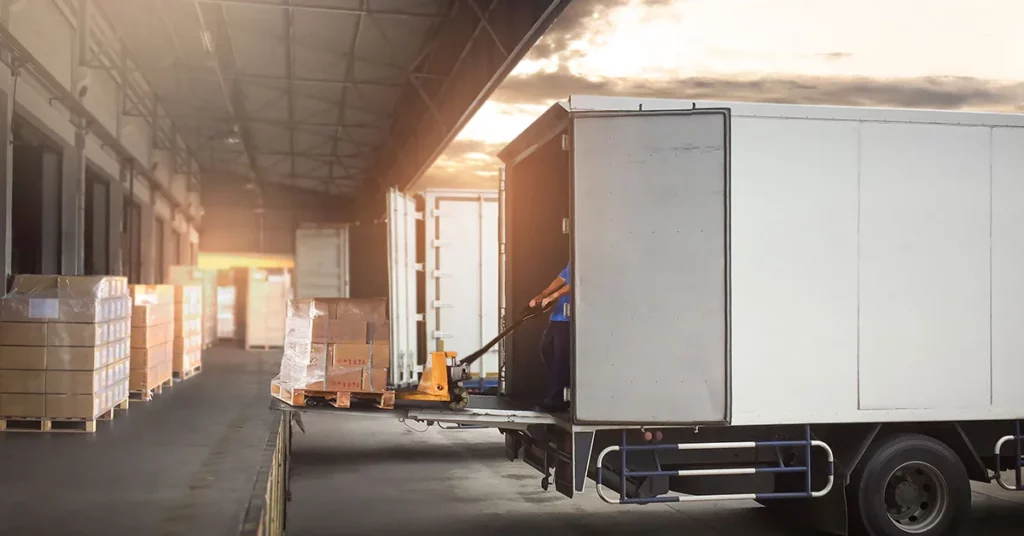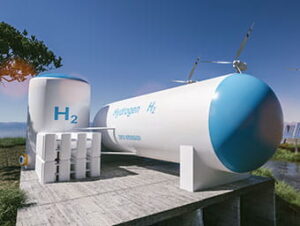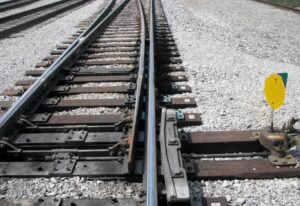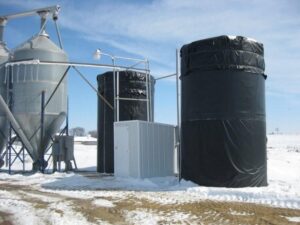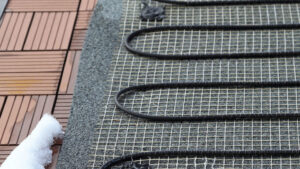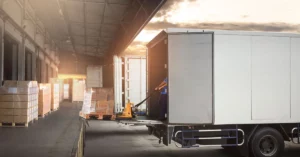Enhancing Efficiency and Safety: The Versatile Applications of Heating Cables in Loading and Unloading Processes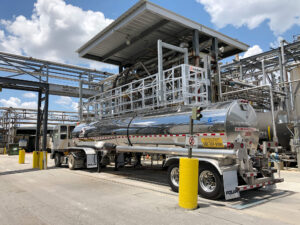
Loading and unloading operations play a crucial role in various industries, ensuring the smooth flow of goods and materials. However, these processes can be hindered by adverse weather conditions, leading to productivity losses and safety hazards. Fortunately, the utilization of heating cables has emerged as a game-changer, providing efficient and reliable solutions. In this article, we will explore the diverse applications of heating cables in loading and unloading processes, highlighting their benefits and the transition words for each section.
Let’s Begin!
Melting Snow and Ice
During winter months, snow and ice accumulation can impede loading and unloading activities, risking delays and accidents. Heating cables, such as self-regulating cables and constant wattage cables, offer a practical solution. By effectively melting snow and ice, these cables enable seamless operations and ensure the safety of workers and equipment.
Preventing Frost and Condensation
Firstly, in refrigerated or cold storage facilities, frost and condensation can form on surfaces, hindering the loading and unloading of goods. By installing heating cables in areas prone to such issues, companies can prevent frost and condensation buildup, maintaining optimal conditions for the smooth flow of goods.
Maintaining Temperature in Tankers and Containers
Furthermore, transporting temperature-sensitive goods, such as food and pharmaceuticals, requires maintaining specific temperature ranges throughout the loading and unloading process. Heating cables can be installed in tankers and containers to prevent heat loss, ensuring the integrity and quality of the cargo.
Protecting Pipes and Valves
Moreover, in various industries, loading and unloading operations involve the use of pipes and valves, which are susceptible to freezing and subsequent damage. By integrating heating cables along the pipelines and valves, companies can prevent freezing, ensuring uninterrupted flow and preventing costly repairs.
Ensuring Safety on Loading Docksco
Additionally, loading docks are high-traffic areas where accidents can occur due to slippery surfaces caused by ice or water. Heating cables installed on loading dock surfaces effectively eliminate these hazards, providing a safe working environment for employees and minimizing the risk of injuries.
Enhancing Efficiency and Productivity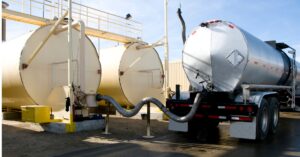
Moreover, the integration of heating cables in loading and unloading processes contributes to increased efficiency and productivity. By eliminating weather-related delays and ensuring optimal conditions, companies can streamline operations, reduce downtime, and meet deadlines effectively.
More to Know…
Furthermore, heating cables are specially designed electrical devices that generate heat when an electric current passes through them. These cables are flexible, durable, and can be easily installed in various locations, making them highly versatile for different applications.
In loading and unloading processes, heating cables offer numerous benefits. Firstly, they effectively melt snow and ice, ensuring safe and efficient operations. By preventing the accumulation of snow and ice on surfaces such as ramps, walkways, and loading docks, heating cables eliminate slip and fall hazards, reducing the risk of injuries and delays.
Furthermore, heating cables play a crucial role in preventing frost and condensation in refrigerated or cold storage facilities. By installing these cables in areas prone to frost formation, such as refrigeration units and cold storage rooms, companies can maintain optimal temperature and humidity levels. This ensures that goods are unloaded and stored in suitable conditions, preserving their quality and extending their shelf life.
Moreover,
heating cables are invaluable for maintaining temperature in tankers and containers during transportation. With the ability to regulate heat output, these cables prevent heat loss and ensure that temperature-sensitive cargo, such as food and pharmaceuticals, remains within the required temperature range. This feature is particularly important for long-distance transportation, where external weather conditions can fluctuate significantly.
Additionally, heating cables protect pipes and valves used in loading and unloading processes. When exposed to low temperatures, pipes and valves can freeze, leading to blockages, leaks, and potential damage. By installing heating cables along these critical components, the cables prevent freezing and maintain proper flow, safeguarding infrastructure and preventing costly repairs.
Moreover, heating cables contribute to overall safety on loading docks. By eliminating the presence of ice or water on surfaces, these cables reduce the risk of slips, trips, and falls, creating a safer working environment for employees and visitors alike. This safety enhancement translates into improved productivity and lower insurance costs for businesses.
Furthermore, the integration of heating cables in loading and unloading processes significantly enhances efficiency and productivity. By eliminating weather-related delays and operational disruptions caused by snow, ice, or frost, companies can maintain a continuous workflow, meet deadlines, and reduce downtime. This increased efficiency translates into cost savings and improved customer satisfaction.
In conclusion
Heating cables offer a wide range of applications in loading and unloading processes. From melting snow and ice to preventing frost, maintaining temperature, protecting infrastructure, and enhancing safety, these cables play a vital role in optimizing operations across various industries. By harnessing the benefits of heating cables, businesses can overcome weather-related challenges. Also improve productivity, and ensure the seamless flow of goods and materials throughout their supply chains.

